Table of contents
Who are the caboclos of Xangô?
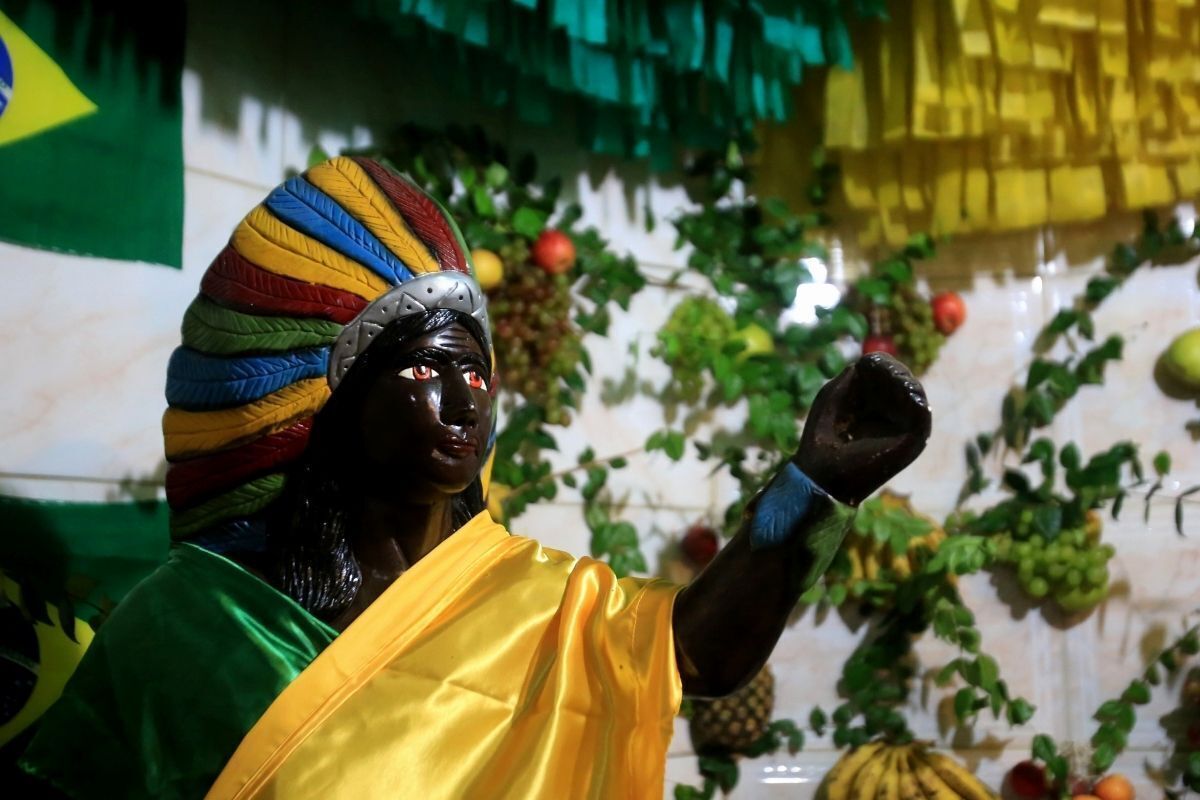
The caboclos of Xangô are entities that help the orixá in the fight for justice and against the oppression that people suffer. They are evolved souls who use their powers and skills, which they acquired in life and also in the afterlife to help.
Many think that they are only warriors, since the classification of caboclos usually deals with indigenous warriors and strong personalities, but no. Except for their striking personalities, the caboclos of Xangô bring the most diverse characteristics.
Xangô is understood by them as a kind of father and they are loyal to the orixá, spreading his mission in the world, which is peace and justice. Read on to learn more.
Understanding more about the caboclos of Umbanda
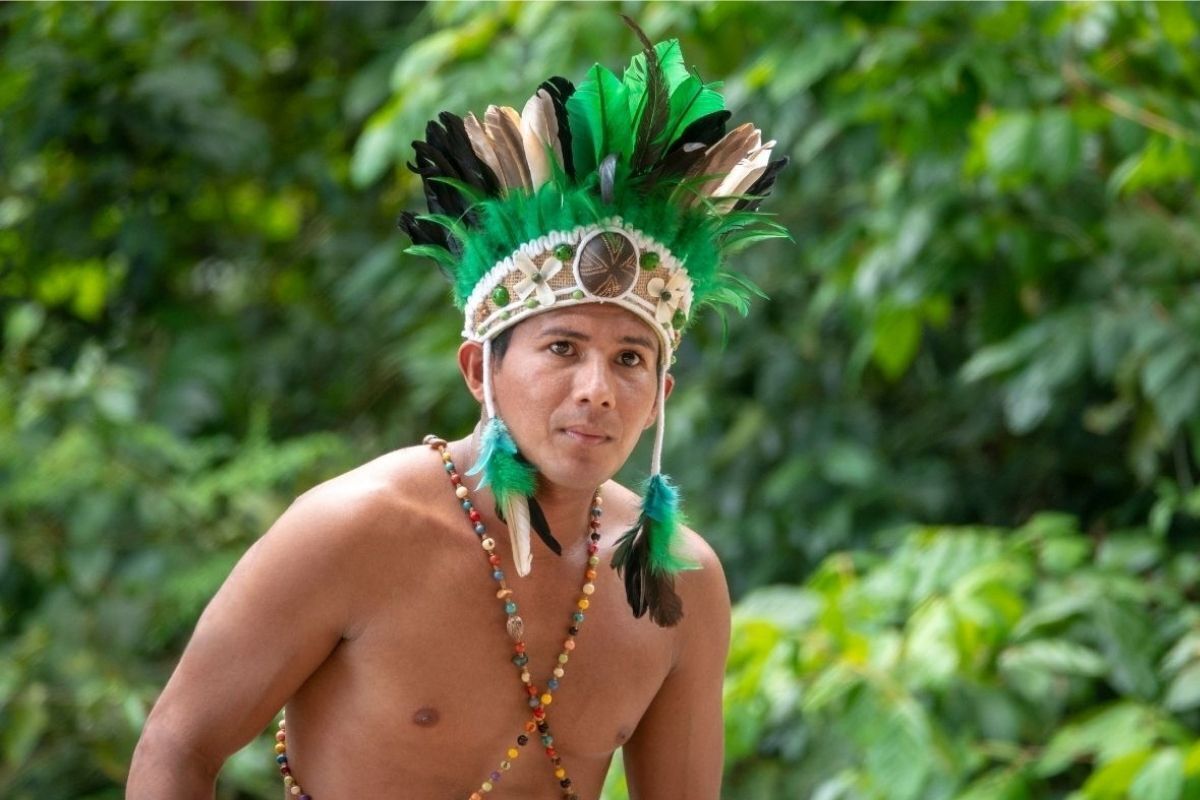
Unlike what you might think, caboclos are much more than great warriors. They are mediums for healing, counseling and help in the whole process of building faith. They are helpful and, in general, are very direct and frank. Check out a little more about caboclos and how they align with Xangô!
Origin and history
In general, caboclos are entities that, in their earthly lives, were great indigenous warriors. Usually, they died defending their people and the people they loved. However, what is important to note is that this is not the only characteristic that makes them so relevant within Umbanda.
Many were shamans and healers, which makes many caboclos, especially those of the line of Xangô, are very oriented to healing and helping the needy. It is valid to say that most caboclos, almost all, arise in Brazilian soil, even if the religion has its roots on the African continent.
Differences between the ethnic "Caboclo" and the "Caboclos of Umbanda
One thing that can be quite confusing when we talk about the caboclos is the nomenclature, since the word, when referring to ethnicity, classifies a person mixed between an indigenous individual and someone with white skin, being in the early days of the nation the Europeans.
However, within Umbanda, caboclos are part of the indigenous people, they do not necessarily need to be mixed. They are the warrior people of the forest, being the primary characteristic of caboclos in the religion. What both classifications have in common is the indigenous ancestry.
Differences between Caboclos and Orixás
Orixás are the largest entities within Umbanda. They have their governing space and as far as possible live in harmony with each other. They all have a strong personality that aligns very much with the space they coordinate. They are usually known for their power and even elements within Brazilian culture.
Caboclos, on their turn, are warrior entities that can, as is the case of the orixá Xangô, assist these great figures of the Afro-Brazilian pantheon. Xangô has his caboclo sons and this makes his mission closer to humans.
Entities on the left and right of Umbanda
A concept within Umbanda that is not always well understood is the notion about left and right entities. The left entities are generally understood as negative entities, since they operate in any function. However, this is not true, since within the religion there is no such exact classification of what is right and wrong.
Each one chooses the karma he wants to carry and not always the people of the left work on the evil of others, but on charging negative things that have already been done. However, the caboclos are from the left line, who work with healing and counseling, which makes them more 'well-liked' by popular criteria.
Characteristics of caboclos
Caboclos are characterized by symbols of indigenous origin, such as necklaces and headdresses, feathers and all the apparatuses we are normally familiar with. In addition, they are serious and always have advice to give. They are endowed with great wisdom, like the pretos velhos, but are more jovial.
Generally, they don't like to give advice about love and things you don't need. They are focused, very focused. If you want to know about that job opening, they can help you. If you're having a dilemma about what direction to take in life, you can count on them.
Actions of the caboclos
The caboclo's way of counseling is very unique, since they do not rely much on their earthly experience to give their advice and lessons. Normally, they value to provoke the thought and self-criticism of each one.
Although they are extremely evolved spirits, they try to speak in a way that even seems "of equals". They prioritize being a human soul to touch another human soul. They make you realize what happens, they don't give you the answers, but they teach you to ask the right questions.
Knowing the caboclos of the Orixá Xangô
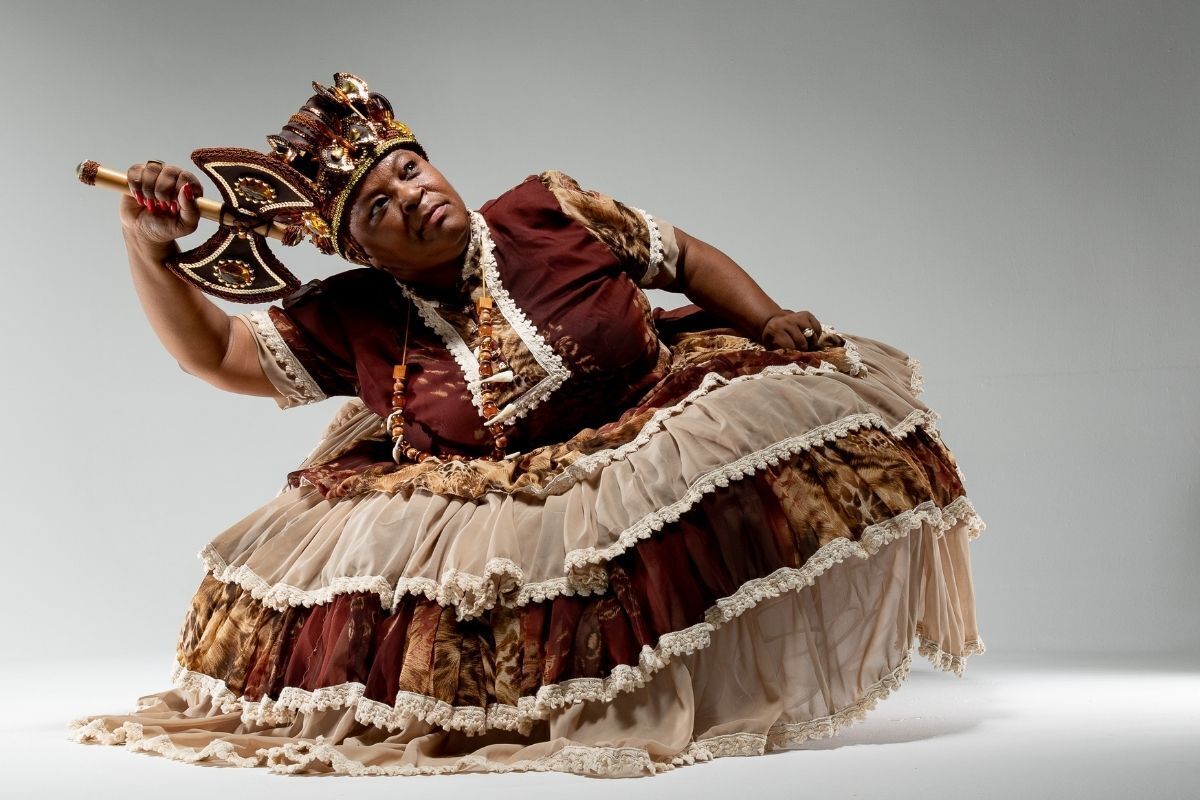
The caboclos of Xangô are exquisitely fair, and understanding a little about them and how they work is fundamental to know exactly what to ask and expect from souls so evolved and ready for the development of each human being.
They are loyal and value clarity. Check out more about the caboclos of Xangô and how they behave as spirits and in their incorporations!
Source
Each caboclo has its individual and unique origin. This is because, before becoming entities that help in the process of spiritual evolution of humanity, they were beings that needed this same evolution. Caboclos were humans.
Usually, those aligned to the great Xangô in life went through an experience that made them strong and resilient, because this is very characteristic of this lineage. And all the line chiefs are originally from Brazil.
Characteristics of Caboclos of Xangô
Intuitive, usually the caboclos of Xangô already know what you need before you say it, but they still wait for you to say it. Often, the person doesn't understand what they feel or need, but he will guide you until you finally understand how he can help.
In their incorporations, caboclos usually project the mediums' bodies to the ground. They speak fast and in a succinct and unmysterious way. Their greatest expertise are jobs and personal achievements. In whatever they can help, they will help.
Syncretism of the Orixá Xangô
First of all, to understand the syncretism applied to Xangô, it is necessary to know what syncretism is, which is a term derived from Greek and French, used to explain the fusion between two religious notions. The same figure and its 'equivalent' in another spiritual doctrine.
Thus, the figure of Xangô within the Catholic Church is understood as three different saints: St. Jerome, St. Barbara and St. Michael the Archangel. Of course, each one is in an aspect, but all are part of the religious construction of Xangô within this doctrine.
Worship to the caboclos of Xangô
Xangô is a well known and requested orixá when we talk about the pantheon of orixás. He is known for his strength and invincible anger, which never misses its target. Usually, the figure of Xangô is present among people who wield power over others, people with influence.
His sons, those who worship him the most, are determined, bold, and do not rest until they get what they want. Loyalty and justice are the greatest act of reverence to Xangô, for this is his legacy of proficiency.
Prayer to Xangô
There are many ways to worship Shango, either by offering things that please him, as well as his points in giras, which can be understood as prayers. However, there is a prayer made to Shango that is infallible. It, obviously, asks for justice. Check it out!
"Lord my father, infinity is your great abode in space, your point and energy is in the stones of the waterfalls.
With your justice you have made a building worthy of a king.
My Father Xangô, you who are defender of the justice of God and of men, of the living and the afterlife, you, with your golden hatchet, defend me from injustices, shielding me from the evils, from debts, from the malicious persecutors.
Protect me my glorious Saint Jerome, Father Xangô in Umbanda.
Always justiciar in the paths where I come to pass with the strength of this prayer, always with you I will be freeing me from despair and pain, from enemies and envious, from individuals of bad character and false friends.
Kaô Xangô, Kawó-Kabiesilé!"
How to make offerings to the caboclos of Xangô?
Every work done for any orixá is done for a purpose. And, usually, they are very specific, being practically unclassifiable. However, there are a number of elements that please Xangô, such as, for example, brown flowers, black beer and smoke.
Xangô still has a favorite recipe, called Amalá de Xangô, which is very common in Candomblé. It is a recipe based on okra. It is valid that all work done, for any orixá, must be done with the consent of Exu, who also asks for a work. So, always do it with the help of those who understand.
Commanders of the caboclo lines of Xangô
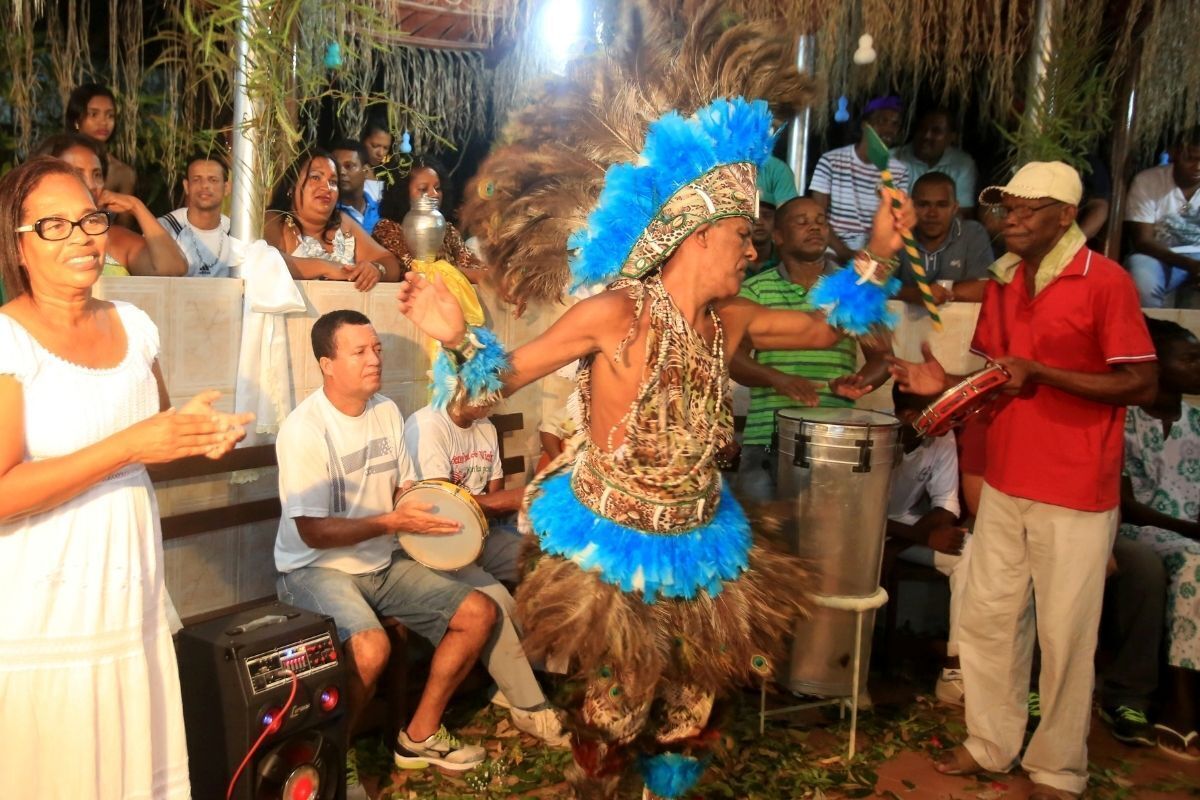
Within Umbanda, Candomblé and Kimbanda, the entities are organized in sort of castes. And the caboclos are part of this, however, among them are chosen their leaders, called line chiefs.
Xangô has seven line chiefs, which are: Caboclo de Xangô Caô, Pedra Preta, Sete Cachoeiras, Sete Pedreiras, Pedra Branca, Sete Montanhas and the caboclo Agodô. Check now a little more about them and who they coordinate in each line!
Caboclo de Xangô "Caô"
First of all, it is important to understand that some orixás have connecting entities, which bridge the gap between these two great celestial beings. And Caboclo Caô is one of these intersections, being one of the links between Xangô and Oxalá.
Oxalá is the biggest entity in Umbanda, being understood as the creator. Besides that, Caboclo Caô leads the line that brings Caboclo Peri, Caboclo Aymoré, Caboclo do Sol, Caboclo Girassol, Caboclo Sete Estrelas and Caboclo Urubatão.
Caboclo de Xangô "Pedra Preta" (Black Stone)
Caboclo Pedra Preta is a line chief of the great Xangô, who has in his care team: Caboclo Pedra Grande, Cabocla Indaiá, Caboclo da Lua, Cabocla Lua Nova, Caboclo Três Luas and Caboclo Sete Luas. It is worth noting that, unlike the Exus, who are only men, the classification of the caboclo also falls on women.
This great chief of phalanx is the connection of Xangô with the famous Iemanjá, the Queen of Salty Waters and the seas and also with Oxum, who is the Queen of Fresh Waters and rivers. This explains the feminine energy that circulates within this line.
Caboclo de Xangô "Seven Waterfalls
Being the connection between the boy orixás, Ibeji, who are, within the religious syncretism, representations of São Cosmo and São Damião and the powerful Xangô, which brings to this line a differentiated energy, with caboclos that respond to the two orixás.
Within this phalanx are the following caboclos: Caboclo Cachoeira, Caboclo Cachoeirinha, Caboclo Cascata, Caboclo Apapori, Caboclinho da Montanha and Caboclo Estrela da Manhã.
Caboclo de Xangô "Seven Quarries"
The famous Caboclo Sete Pedreiras is uniquely ruled by Xangô, and does not accept just anyone to be his dwelling, since he is very fair and extremely careful with his way of being and advising. But if you receive him, know that you are special and that the loyalty that dwells in you is recognized by the orixás.
Within this phalanx, commanded by Sete Pedreiras, operate Caboclo do Fogo, Caboclo Quebra Pedra, Caboclo Itagurussú, Caboclo Goitacaz, Caboclo Pele Vermelha and Caboclo Pedra de Fogo, which brings entities aligned with the same purpose of its chief, loyalty and justice.
Caboclo de Xangô "Pedra Branca
Aligned to Xangô with an intersection to the great Oxossi, known for being the orixá responsible for the woods and forests, the phalanx of Caboclo Pedra Branca has some known entities, such as Caboclo Pena Branca, Caboclo Ventania, Caboclo Junco Verde, Caboclo Saracutinga and Caboclo Cobra Coral.
This chief is famous, however, he is an entity a little rare to be found, mainly by the spiritual 'position' that he occupies, being incorporated a specific medium. He is judicious in choosing, since he values moral values in these people.
Caboclo de Xangô "Seven Mountains
With a peculiar name, this caboclo inspires great curiosity, since his name, besides having the cabalistic number seven, known as the number of God, makes reference to the mountains of America. In all, there are seven known and catalogued mountains in the continent.
Being an intersection with Ogum, who is the famous warrior orixá, besides being the representative of fire, the Caboclo Sete Montanhas commands a phalanx composed by: Caboclo Três Serras, Caboclo da Montanha, Caboclo Rompe Serra and Caboclo Rompe Fogo.
Caboclo de Xangô "Agodô"
The last of his caboclos receives the name of Xangô Agodô, which is a branch of the orixá that takes care of religious festivities such as baptism. This caboclo takes care of the phalanx that brings Caboclo Aranúna, Caboclo Caramuru, Caboclo Urucutango, Caboclo Serra Negra, Caboclo Vira Mundo and Caboclo Treme-Terra.
This line chief brings together Xangô and Obaluaye, also known as Obaluê, the lord of the earth. He has great healing power and works practicing good. He is among the Seven Great Orixás and, within the religious syncretism of Christianity, can be understood as Saint Lazarus.
Other entities of Xangô
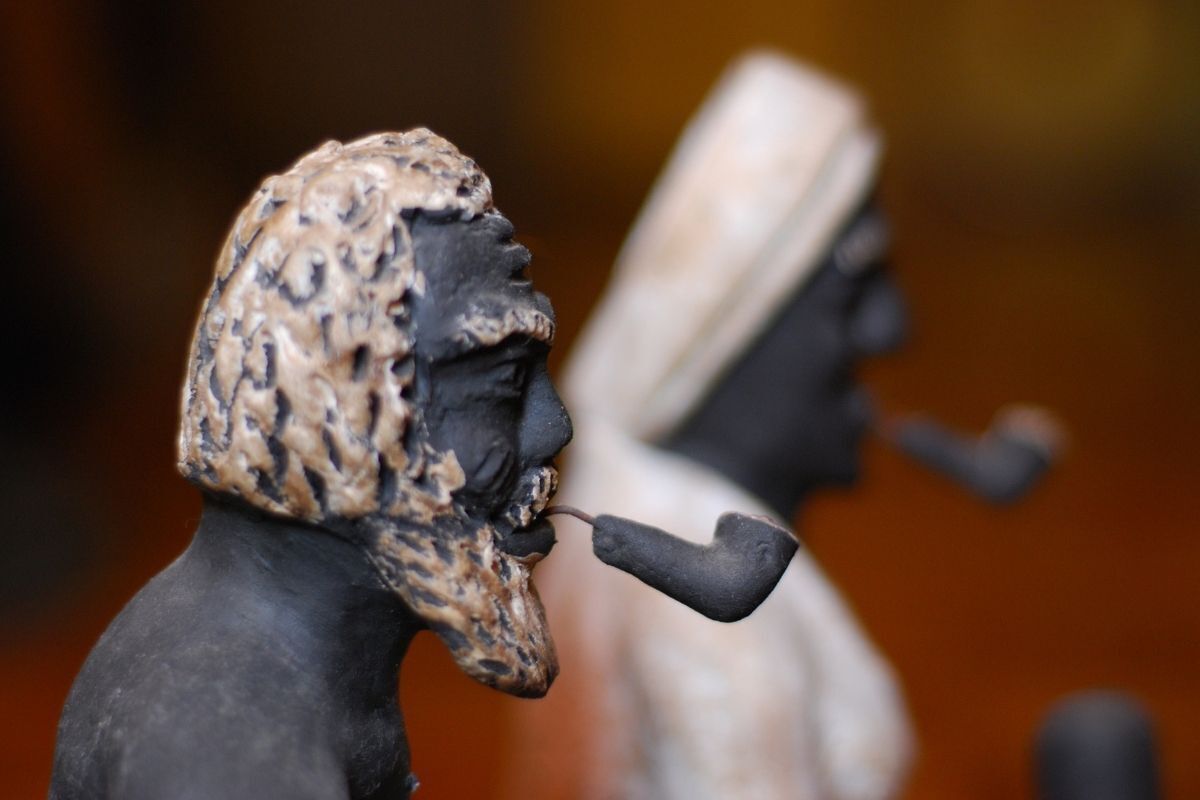
There are other entities that are part of the 'jurisdiction' of Xangô that are incarnate entities, but are part of another spiritual classification. The range of each orixá is very large, making them able to act on several fronts. Check now the main entities that are part of the lines of work of Xangô!
Pretos Velhos de Xangô
Pretos velhos are very popular and beloved entities within the Yoruba religions. They are gentle, exceptionally wise, humble and bring peace by the way they speak and view human life. When they incorporate, they are quick and, as a characteristic of Xangô, they project themselves against the ground.
Their advice is geared towards prosperity and well-being, always wanting to help with personal achievements, such as material goods that can make our lives easier. Some of the most common are: Pai Francisco, Pai Mané, Pai José, Pai Jeremias, Pai João, Pai Benguela and Pai Tadeu.
Children of Xangô
Children or Erees, as they are known in Yoruba religions, are childlike entities. Spontaneous, happy, playful, they like to play tricks. Their works are more focused on raising the state of mind, since they usually calm down and amuse when they appear.
These erês are part of the intersections between Cosmo and Damião, Ibejis, and some of the best known entities are: Luizinho, Pedrinho, Chiquinho and Zezinho, but there are several within this line of work.
Exus of Xangô
Exus are diverse entities with the most varied life experiences, who incorporate into their mediums, laugh, drink and impact the lives of those who talk to them. They may have the most unusual personalities, but they are always aligned with the purpose of making the world a more just place.
The exus of Xangô, above all, take this to the letter, being an instrument of justice and, many times, of charging. Everything that goes, comes back. This is the basic principle of every religion. Headed by Exu Gira-Mundo, the line has famous names, such as Exu das Pedreiras, Exu Corcunda, Exu Come Fogo, Exu Meia-Noite, Exu Ventania, among others.
The strength of the Caboclos of Xangô goes beyond the fields of Umbanda!
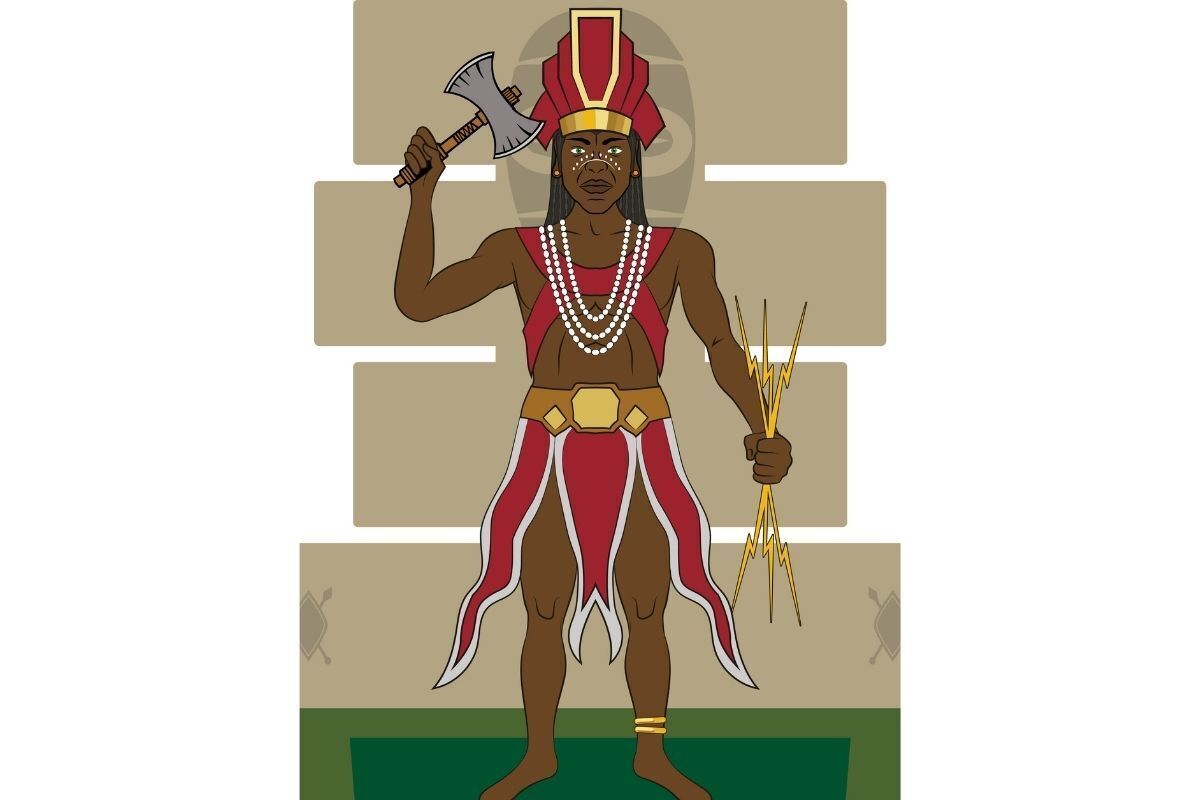
The power of Xangô is undeniable. And everything it moves is more crystalline than water. Thus, he and his caboclos, as well as all entities aligned with his work and mission, are destined to apply the basic foundation of life in society: justice.
Your caboclos are loyal, fair and cherish to make this justice, no matter who it hurts, since everything that was, needs to return. It is important to understand that loyalty and justice are not linked to goodness. What was done for you, they will do everything to undo and return to where it came. What you did for others, you will also receive.
The mission of the caboclos is very beautiful and a person always leaves transformed after a conversation with these great entities. The wise and relaxed way they use to talk about the pain of others is proof that everything is valid and important in the process of evolving.

